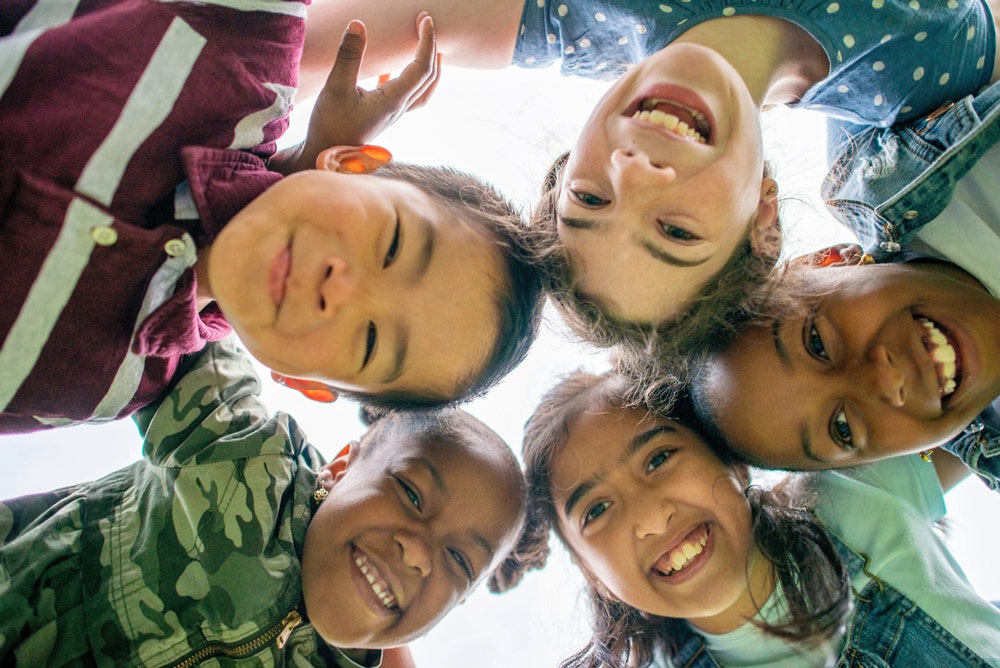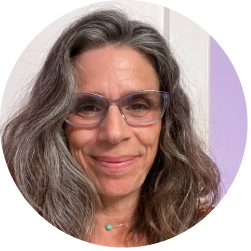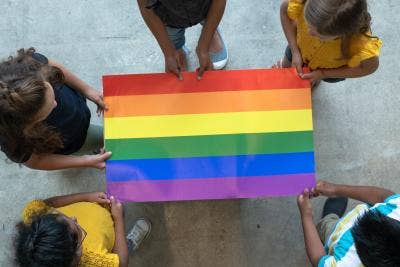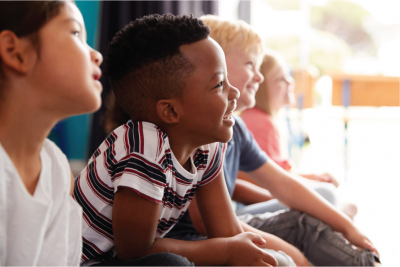What Learners Need Now : A Classroom Oasis with the C.A.R.E. Approach

by Elizabeth Pappas
Educators all over the world are grappling with teaching and learning in the context of a global pandemic. Many moments have been nerve-racking, taxing, and anxiety-inducing for teachers, families, and kids. Creating positive classroom conditions under normal circumstances is just plain hard, but it's even harder now. So what do learners need now? They need a welcoming oasis to provide relief during difficult times. A classroom oasis is a space that promotes safety, sustenance, refuge, and calm so that students grow socially, emotionally, and academically. The oasis is our compass and the C.A.R.E. Approach is our map. As we dive into the various aspects of the C.A.R.E. Approach, Maya Angelou gently reminds us to “Do the best you can until you know better. Then, when you know better, do better.”
The C.A.R.E. Approach
| Compassion Agency Relevance Equity |
Compassion
Compassion is described as understanding another person’s emotional state. It’s a sensitivity to noticing suffering in yourself and others and a dedication to soften suffering. Expressing compassion with one another increases a sense of belonging and well-being and improves learning opportunities. Compassion is a catalyst for building a kinder world.
Take a moment to think about our current reality with climate change, human rights violations, natural disasters, bias, prejudice, mental health crises, political divisiveness, poverty, and more. There is no doubt that these issues affect the health and well-being of educators, students, and families. Maybe you have felt heavy hearted, murky, flabbergasted, stuck, and drained lately. Because of our current reality, we need compassion for ourselves and one another now more than ever. Expressing compassion increases well-being, strengthens relationships, and builds a trusting classroom culture.
|
Ideas to Try
|
Agency
Peter Johnston describes agency as children having a sense that if they act, and act strategically, they have the ability to effect change and accomplish their goals. The opposite of agency is to take a passive, compliant, submissive role. When learners feel like there is no relationship between what they do and what happens, they can become helpless, defeated, depressed, and disengaged.
Agency breaks down the teacher-centered power structure in the classroom. With agency, teachers take more of a facilitator role and nudge learners to use their voices, make their own choices, and feel in control of their problem-solving process. Kids with agency are more likely to choose challenging tasks, plan and set goals, stick with something, work harder, have higher interest, and be focused. Agency is empowering and builds independent thinkers.
American artist, poet, and activist Cleo Wade inspires us to spark agency with these words:
“When the world asks us big questions that require big answers we have two options:
-
To feel so overwhelmed or unqualified we do nothing.
-
To start with one small act and qualify ourselves.”
So today I’m doing what I can with what I’ve got where I am in my own way.
|
Ideas to try:
|
Relevance
Relevance is knowing why something matters and how it’s important. It’s foundational to promoting interest, curiosity, and motivation, and it helps students realize that knowledge is useful, interesting, and worth knowing. Teachers spark relevance with learning experiences that draw on learners’ interests and cultural experiences. As educators strive to promote high levels of student engagement, relevance is instrumental.
We’ve all heard students say: “This doesn’t seem important to me. When will I ever use this? What does this have to do with my life?” Educators should be able to respond to and facilitate discussions about these big, complex questions.
|
Ideas to Try
|
Equity
The CARE approach has Equity at the foundation of it all. The National Equity Project defines educational equity as each child receiving what they need to develop to their full academic and social potential. We need to interrupt inequitable practices, examine biases, and create inclusive school environments for adults and children.
For every child to receive what they need, Zaretta Hammond proposes that it’s critical for educators to reflect on and understand the distinctions of equity:
-
Multicultural education: celebration of diversity. See all students' cultures represented. Promote positive social interactions across differences.
-
Social justice: building a lens for the student and looking at the world and seeing where injustices exist; identity, diversity, justice, and action.
-
Culturally responsive teaching: building the learning capacity of EACH and EVERY student. Push back on dominant narrative about people of color. Ask yourself, Are your diverse students, language learners, students of color, immigrant students, and multilingual learners learning?
-
Social-emotional Learning competencies: self-awareness, self-management, responsible decision making, social-awareness, and relationship skills
|
Ideas to Try Rudine Sims Bishop’s Mirrors, Windows, and Doors protocol is one mighty way to infuse an equity lens into a read-aloud experience.
|
Cleo Wade says, “Want to change the world? Be brave enough to care.” As you show up day in and day out for your students, may the CARE Approach create fertile ground for your classroom oasis.
What's next?
Elizabeth Pappas joins author and educator Patty McGee in the Benchmark Education LitBlock Facebook Group to discuss her CARE method and how it can help turn your classroom into an oasis. By focusing on compassion, agency, relevancy, and equity, you can build support systems for students and yourself! Watch the full conversation.→
Join our Facebook LitBlock Group for weekly conversations with insights from experts in the field.
About the Author
 |
Elizabeth Pappas has worked in Education as a Dual Language classroom teacher, Bilingual Language Arts Specialist, English Learner Resource Teacher, Literacy Consultant, Presenter, and author for 28 years. She is part of the faculty in the Education Studies Department, UCSD, where she teaches classes and supervises student teachers. |
















Comments